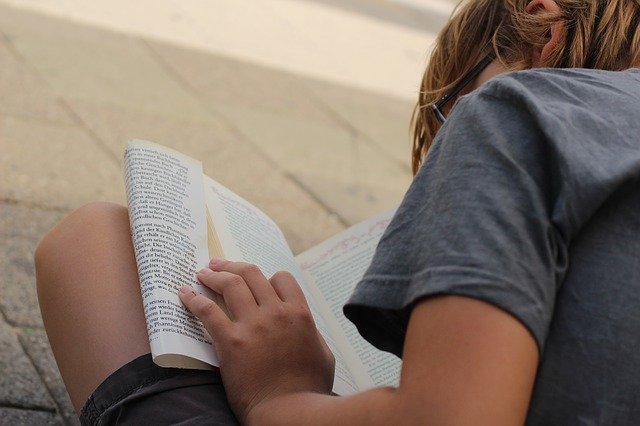School re-openings in Germany found not to have increased coronavirus case numbers

Hygiene measures in German schools worked well to contain the spread of the virus when schools re-opened, according to a new IZA study.
“From an economic point of view the primary point of being in school is that it increases a child’s ability,” write Simon Burgess and Hans Sievertsen in their IZA World of Labor commentary; “even a relatively short period of missed school will have consequences for skill growth.” The United Nations Educational, Scientific and Cultural Organization (UNESCO) estimates that over 60% of the world’s student population have been affected by school closures resulting from the coronavirus pandemic, with a resulting estimated economic and social cost of up to US$ 15 trillion of lifetime income. Regardless of the huge costs, policymakers are still hesitant to fully re-open schools.
In order to discover whether the ongoing fear of re-opening schools is warranted, researchers Ingo E. Isphording, Marc Lipfert, and Nico Pestel exploited the schedule of staggered school summer breaks across German states to estimate what effect they had on new cases of Covid-19 in the country.
They compared the daily difference in county-level case numbers between states where summer breaks ended with those states where schools were still closed and re-opened later. Relative numbers of newly confirmed cases were found to gradually decrease after the end of summer breaks in re-opening states relative to those not (yet) re-opening. The effect was sizable and concentrated among school-aged children and their parents. At-risk groups were not affected.
Concerned the results ran counter to common perceptions, the authors made sure to corroborate their findings using a large number of different specifications. They found none in which school re-openings had a positive effect on new confirmed cases.
They believe several mechanisms could explain the results: school re-openings happened when overall infection rates were also low, and schools applied strict hygiene measures, including mask wearing, teaching in small, fixed groups, and rapid testing and quarantining of classes where a student or teacher tested positive.
Ingo E. Isphording also believes parents became more cautious: “When the consequence of a running nose is that your kid cannot go to school for some days, you think twice of letting your kid play in closed quarters with others,” he said.
While keeping in mind the context in which the research was conducted, the researchers believe that given the high human capital costs of school closures, the results might help to re-evaluate the cost–benefit considerations of moving back to on-site schooling, and closing schools in response to newly rising numbers.
Ingo E. Isphording and Nico Pestel have previously written for IZA World of Labor. Their articles can be found here:
Ingo E. Isphording, “What drives the language proficiency of immigrants?”
Nico Pestel, “Employment effects of green energy policies.”
Read more articles and commentaries about the Covid-19 pandemic, including Simon Burgess and Hans Sievertsen’s commentary piece, “The long-term consequences of missing a term of school.”